-
 Bitcoin
Bitcoin $113900
-1.39% -
 Ethereum
Ethereum $3517
-4.15% -
 XRP
XRP $3.009
1.59% -
 Tether USDt
Tether USDt $0.9997
-0.04% -
 BNB
BNB $766.8
-1.41% -
 Solana
Solana $164.6
-2.38% -
 USDC
USDC $0.9998
-0.02% -
 TRON
TRON $0.3277
0.65% -
 Dogecoin
Dogecoin $0.2023
-1.67% -
 Cardano
Cardano $0.7246
0.05% -
 Hyperliquid
Hyperliquid $38.27
-4.77% -
 Sui
Sui $3.528
-0.52% -
 Stellar
Stellar $0.3890
-0.73% -
 Chainlink
Chainlink $16.16
-2.69% -
 Bitcoin Cash
Bitcoin Cash $539.9
-4.38% -
 Hedera
Hedera $0.2425
-2.00% -
 Avalanche
Avalanche $21.71
-0.97% -
 Toncoin
Toncoin $3.662
5.73% -
 Ethena USDe
Ethena USDe $1.000
-0.02% -
 UNUS SED LEO
UNUS SED LEO $8.964
0.35% -
 Litecoin
Litecoin $107.7
2.33% -
 Shiba Inu
Shiba Inu $0.00001223
-0.40% -
 Polkadot
Polkadot $3.617
-0.97% -
 Uniswap
Uniswap $9.052
-2.49% -
 Monero
Monero $295.1
-3.79% -
 Dai
Dai $0.9999
0.00% -
 Bitget Token
Bitget Token $4.315
-1.85% -
 Pepe
Pepe $0.00001060
0.11% -
 Cronos
Cronos $0.1342
-2.72% -
 Aave
Aave $256.0
-0.87%
How to authenticate with the Kraken API
To securely access Kraken's private API endpoints, generate an API key with restricted permissions and IP whitelisting, then authenticate requests using HMAC-SHA512 signatures derived from your secret key, a unique nonce, and synchronized timestamp.
Aug 02, 2025 at 01:49 pm
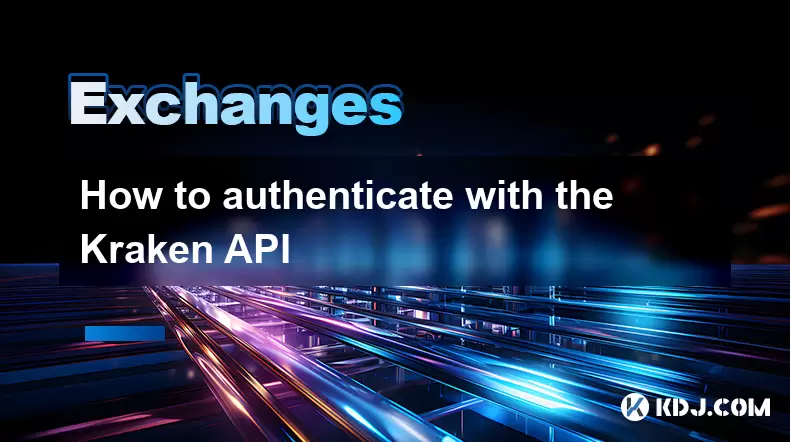
Understanding Kraken API Authentication Requirements
To interact securely with the Kraken API, authentication is required for any private endpoints such as retrieving account balances, placing trades, or checking order status. Public endpoints, like market data or ticker information, do not require authentication. However, for private endpoints, Kraken uses an API key and secret-based HMAC-SHA512 signature scheme to authenticate requests. This method ensures that only authorized users can access sensitive data or perform trading operations. The process involves generating a signature for each request using your secret key, the request path, POST data, and a dynamic nonce value.
The API key acts as your public identifier, while the secret key is used to generate encrypted signatures. It is critical to store your secret key securely and never expose it in client-side code or public repositories. Kraken supports two-factor authentication (2FA) for account access, and it is highly recommended to enable it to protect your API credentials.
Generating Your Kraken API Keys
Before making authenticated requests, you must generate your API keys from your Kraken account dashboard. Log in to your Kraken account and navigate to the "Security" tab. Under the API section, click on "Add new API key". You will be prompted to set permissions for the key. For trading operations, select "Query funds," "Trade," and "Withdraw funds" as needed. Avoid granting unnecessary permissions to reduce risk.
During key creation, you can set IP address restrictions to limit API access to specific IP addresses. This adds a layer of security by ensuring that requests only originate from trusted locations. After configuring permissions and IP filters, click "Generate key". Kraken will display your API key and secret key. Copy and store the secret key immediately, as it will not be shown again for security reasons.
Structure of an Authenticated Kraken API Request
An authenticated Kraken API request must include specific headers and a properly constructed payload. The endpoint for private requests is https://api.kraken.com/0/private/EndpointName. The request must be sent via POST and include three essential headers:
- API-Key: Your generated public API key.
- API-Sign: The HMAC-SHA512 signature of the request.
- Content-Type: Must be set to
application/x-www-form-urlencoded.
The POST body must contain a nonce parameter. A nonce is a monotonically increasing integer used to prevent replay attacks. Each subsequent request must have a higher nonce value than the previous one. You can generate the nonce using timestamps with microsecond precision, such as nonce=1678880099123456.
Creating the API-Sign Header Using HMAC-SHA512
The API-Sign header is the most complex part of authentication. It is generated by hashing a message that includes the URI path, encoded POST data, and a message authentication code (MAC). Follow these steps to compute the signature:
- Encode the POST data (including the nonce) using urlencode, ensuring all characters are properly escaped.
- Concatenate the message by combining the 6-digit Unix time (seconds since epoch) with the URI path and the encoded POST data.
- Decode your secret key from base64 format.
- Use the decoded secret as the key to compute an HMAC-SHA512 hash of the concatenated message.
- Encode the resulting hash using base64 to produce the final API-Sign value.
For example, in Python, this can be implemented using the hmac, hashlib, and base64 libraries. Ensure that the time used in the message is synchronized with Kraken’s server time, which can be checked via the public Time endpoint.
Example: Fetching Account Balances via API
To retrieve your account balances, you need to call the Balance endpoint. Here is a step-by-step guide to constructing the request:
- Set the endpoint URL to
https://api.kraken.com/0/private/Balance. - Generate a unique nonce value, such as
int(time.time() * 1000000). - Prepare the POST payload as
nonce=1678880099123456. - Construct the message by concatenating:
- The 6-digit Unix timestamp (e.g.,
1678880099) - The URI path
/0/private/Balance - The URL-encoded POST data
- The 6-digit Unix timestamp (e.g.,
- Use your decoded secret key to compute the HMAC-SHA512 hash of this message.
- Encode the hash in base64 to form the API-Sign header.
- Send the POST request with headers:
API-Key: YOUR_API_KEYAPI-Sign: GENERATED_SIGNATUREContent-Type: application/x-www-form-urlencoded
If successful, Kraken will return a JSON response containing your asset balances. Common errors include invalid signature, nonce too small, or invalid API key, which indicate issues in the authentication process.
Common Errors and Troubleshooting Tips
Several issues may arise during Kraken API authentication. One frequent problem is "EAPI:Invalid key", which means the API key provided is incorrect or disabled. Double-check that you are using the correct key and that it hasn’t been revoked.
Another common error is "EAPI:Invalid signature". This usually stems from incorrect message construction, time drift, or improper encoding. Ensure your system clock is synchronized using NTP. Even a small time difference can invalidate the signature.
If you receive "EGeneral:Invalid nonce", it indicates that the nonce value is not greater than the previous one. Always increment the nonce and avoid reusing values. Using microsecond-precision timestamps helps prevent this.
Firewall or IP restrictions may also block requests if your current IP is not whitelisted. Verify your IP settings in the Kraken API configuration panel.
Frequently Asked Questions
Can I use the same API key across multiple applications?
Yes, you can use the same API key across different applications, but it is safer to create dedicated keys for each application. This allows for better access control and easier revocation if a key is compromised.
What should I do if I lose my secret key?
If you lose your secret key, you cannot recover it. You must generate a new API key from your Kraken account. After creating a new key, update all applications with the new credentials and disable the old key to maintain security.
Is it safe to use Kraken API on a shared server?
Using the Kraken API on a shared server is risky if proper precautions are not taken. Ensure your secret key is stored in environment variables or encrypted configuration files, never in plain text. Restrict API permissions and use IP whitelisting to minimize exposure.
How often should I rotate my API keys?
There is no fixed rule, but it is advisable to rotate API keys every 90 days or immediately after a suspected security breach. Regular rotation reduces the risk of long-term unauthorized access.
Disclaimer:info@kdj.com
The information provided is not trading advice. kdj.com does not assume any responsibility for any investments made based on the information provided in this article. Cryptocurrencies are highly volatile and it is highly recommended that you invest with caution after thorough research!
If you believe that the content used on this website infringes your copyright, please contact us immediately (info@kdj.com) and we will delete it promptly.
- Bitcoin Strategy: Saylor's Not Hoarding, He's Building an Empire
- 2025-08-02 22:30:12
- Bitcoin Bloodbath: Macro Pressures and Liquidations Unleash Crypto Chaos
- 2025-08-02 22:30:12
- Worldcoin, Identity, WLD Price: Decoding the NYC Crypto Buzz
- 2025-08-02 21:10:12
- Shiba Inu: Utility and Community Strength Drive Crypto's Evolution
- 2025-08-02 21:50:12
- Crypto Donations, Trump PAC, and Bitcoin: A New York Minute on Political Coin
- 2025-08-02 20:30:12
- Crypto Market Under Pressure: Bearish Momentum and Rising Volatility Take Hold
- 2025-08-02 20:30:12
Related knowledge
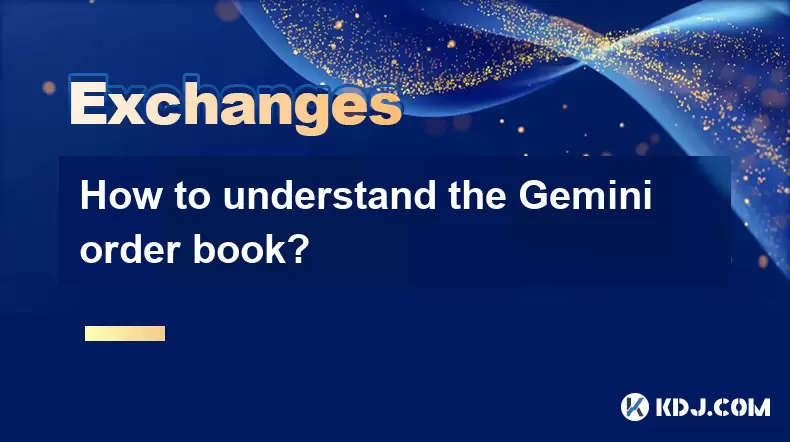
How to understand the Gemini order book?
Aug 02,2025 at 03:35pm
What Is the Gemini Order Book?The Gemini order book is a real-time ledger that displays all open buy and sell orders for a specific cryptocurrency tra...
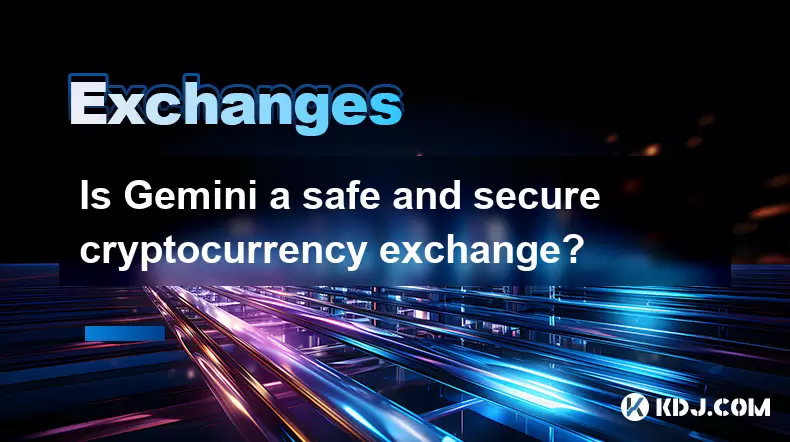
Is Gemini a safe and secure cryptocurrency exchange?
Aug 02,2025 at 10:42pm
Understanding Gemini’s Regulatory ComplianceGemini is a New York State-chartered trust company, which places it under the supervision of the New York ...
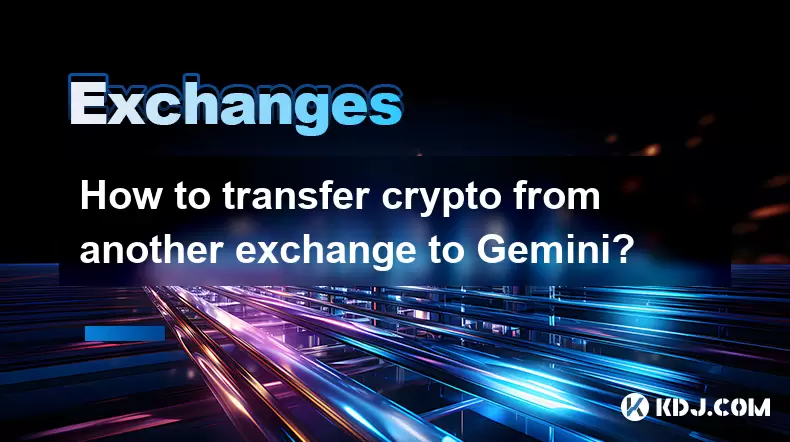
How to transfer crypto from another exchange to Gemini?
Aug 02,2025 at 07:28pm
Understanding the Basics of Crypto Transfers to GeminiTransferring cryptocurrency from another exchange to Gemini involves moving digital assets from ...

How to sell cryptocurrency on Gemini?
Aug 02,2025 at 05:07pm
Understanding the Gemini Platform and Account SetupBefore selling cryptocurrency on Gemini, it’s essential to ensure you have a fully verified account...

How to fix a failed cryptocurrency deposit to Kraken
Aug 02,2025 at 03:22pm
Understanding Why a Cryptocurrency Deposit Fails on KrakenWhen a cryptocurrency deposit fails on Kraken, the issue typically stems from one of several...
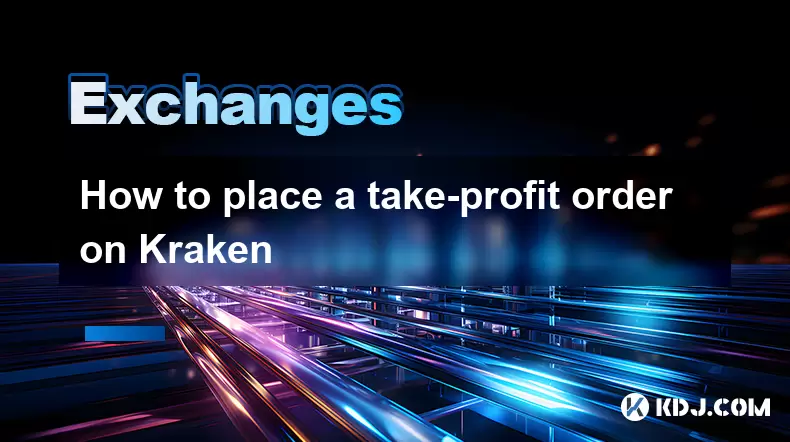
How to place a take-profit order on Kraken
Aug 02,2025 at 02:28pm
Understanding the Role of Private Keys in Cryptocurrency SecurityIn the world of cryptocurrency, private keys are the most critical component of digit...

How to understand the Gemini order book?
Aug 02,2025 at 03:35pm
What Is the Gemini Order Book?The Gemini order book is a real-time ledger that displays all open buy and sell orders for a specific cryptocurrency tra...

Is Gemini a safe and secure cryptocurrency exchange?
Aug 02,2025 at 10:42pm
Understanding Gemini’s Regulatory ComplianceGemini is a New York State-chartered trust company, which places it under the supervision of the New York ...

How to transfer crypto from another exchange to Gemini?
Aug 02,2025 at 07:28pm
Understanding the Basics of Crypto Transfers to GeminiTransferring cryptocurrency from another exchange to Gemini involves moving digital assets from ...

How to sell cryptocurrency on Gemini?
Aug 02,2025 at 05:07pm
Understanding the Gemini Platform and Account SetupBefore selling cryptocurrency on Gemini, it’s essential to ensure you have a fully verified account...

How to fix a failed cryptocurrency deposit to Kraken
Aug 02,2025 at 03:22pm
Understanding Why a Cryptocurrency Deposit Fails on KrakenWhen a cryptocurrency deposit fails on Kraken, the issue typically stems from one of several...

How to place a take-profit order on Kraken
Aug 02,2025 at 02:28pm
Understanding the Role of Private Keys in Cryptocurrency SecurityIn the world of cryptocurrency, private keys are the most critical component of digit...
See all articles

























































































